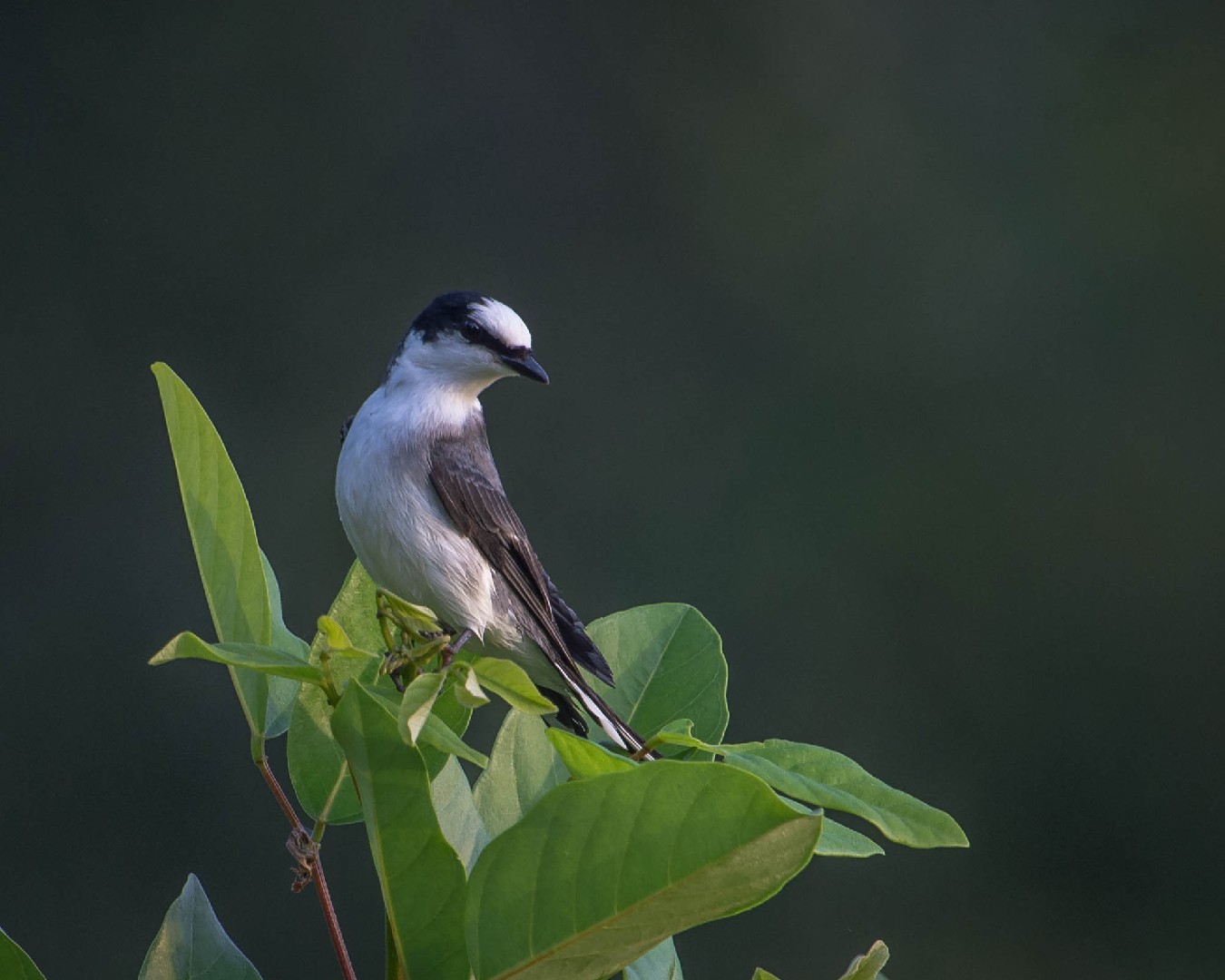Ashy Minivet
A species of Minivets Scientific name : Pericrocotus divaricatus Genus : Minivets
Ashy Minivet, A species of Minivets
Botanical name: Pericrocotus divaricatus
Genus: Minivets
Content
Description General Info
Description
It is 18.5–20 cm long. The male is grey above and whitish below. It has a black cap with a white forehead and there is a white band across the flight-feathers. The outer tail feathers are white. The bill and feet are black. The female's cap is grey apart from a black band between the bill and eye and a narrow white band above it. The call is a high-pitched, metallic trill. It is considered as closely related to Pericrocotus roseus and Pericrocotus cantonensis but differs in moult pattern. It is one of the few passerine birds that moult their primaries twice in a year and is the longest distance migrant among the minivets. It breeds in south-east Siberia, north-east China, Korea and Japan. Birds in the Ryūkyū Islands of southern Japan are commonly considered to be a separate species—Ryukyu minivet (P. tegimae). The ashy minivet is a long distance migrant, wintering in South and South-east Asia as far south as Sumatra, Borneo and the Philippines. It is found in forest as well as in more open areas with scattered trees. It forages in the tree canopy for insects sometimes joining mixed-species foraging flocks. Migrant birds can often be seen in large flocks. The status of the species is considered to be secure and is considered as a "least concern" species by the IUCN. Populations of the species on the Amami Island was found to have increased from 1985–2001. In the South Asian region, they are considered rare. They were first noted on the Indian mainland only in 1965 although they had been reported in 1897 from the Andaman Islands. It has since been reported with greater regularity. Four to seven eggs are laid. These are incubated for 17 to 18 days. 
Size
18 cm
Nest Placement
Tree
Feeding Habits
Ashy Minivet primarily consumes small invertebrates like caterpillars and flying insects, foraging predominantly at the treetop canopy's edge by gleaning larvae and capturing insects mid-flight. They may partake in winter fig trees, often forage in flocks, and join mixed-species groups.
Habitat
Ashy Minivet typically dwells in a range of forest environments, including evergreen and deciduous woodlands, as well as secondary growth areas. Their habitat extends to mangroves, mixed peat swamp forests, and regions with beach vegetation such as casuarinas. They are adaptable to human-altered landscapes, appearing in plantations, open countryside, large parks, and occasionally urban areas. This bird favors the higher canopies of trees but may also be found in tree/open-area ecotones with scattered vegetation.
Dite type
Insectivorous
General Info
Feeding Habits
Bird food type
Species Status
Not globally threatened.
Scientific Classification
Phylum
Chordates Class
Birds Order
Perching birds Family
Cuckoo-shrikes Genus
Minivets Species
Ashy Minivet 